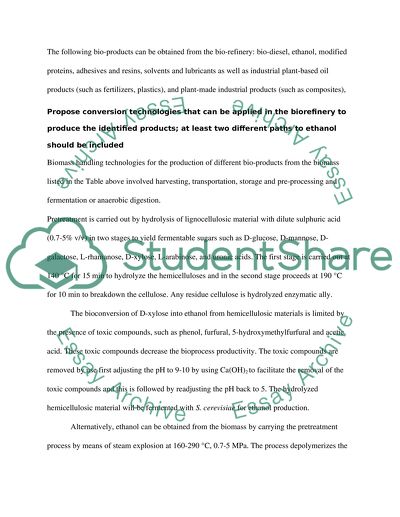Cite this document
(“Biorefinery Coursework Example | Topics and Well Written Essays - 750 words”, n.d.)
Retrieved from https://studentshare.org/engineering-and-construction/1422135-biorefinery
Retrieved from https://studentshare.org/engineering-and-construction/1422135-biorefinery
(Biorefinery Coursework Example | Topics and Well Written Essays - 750 Words)
https://studentshare.org/engineering-and-construction/1422135-biorefinery.
https://studentshare.org/engineering-and-construction/1422135-biorefinery.
“Biorefinery Coursework Example | Topics and Well Written Essays - 750 Words”, n.d. https://studentshare.org/engineering-and-construction/1422135-biorefinery.


